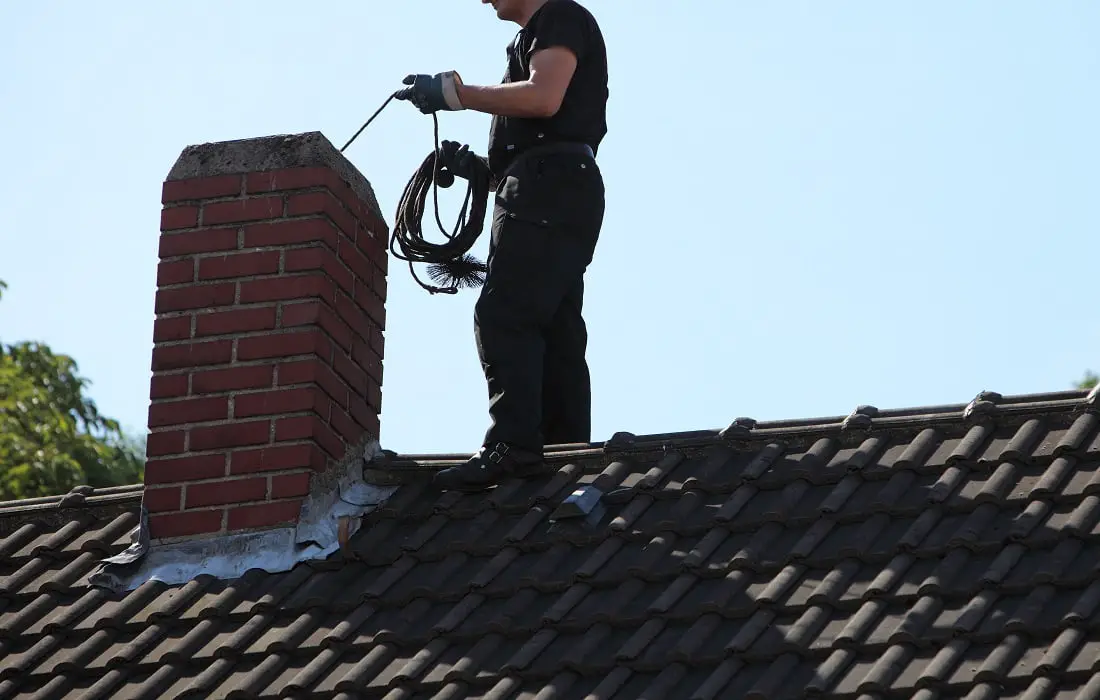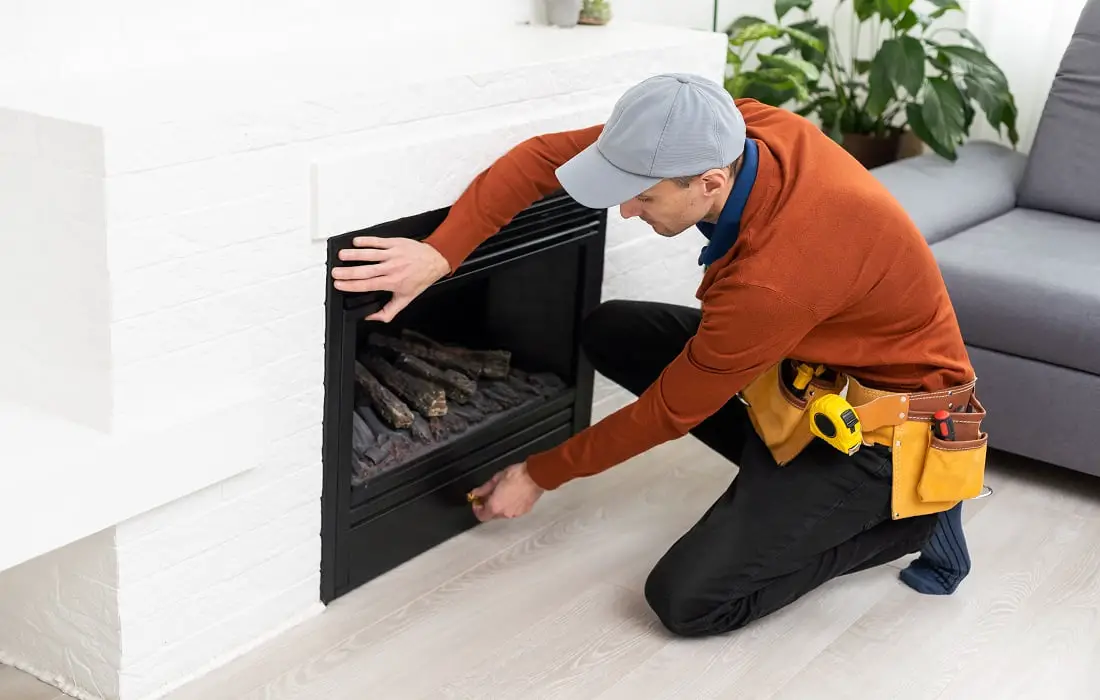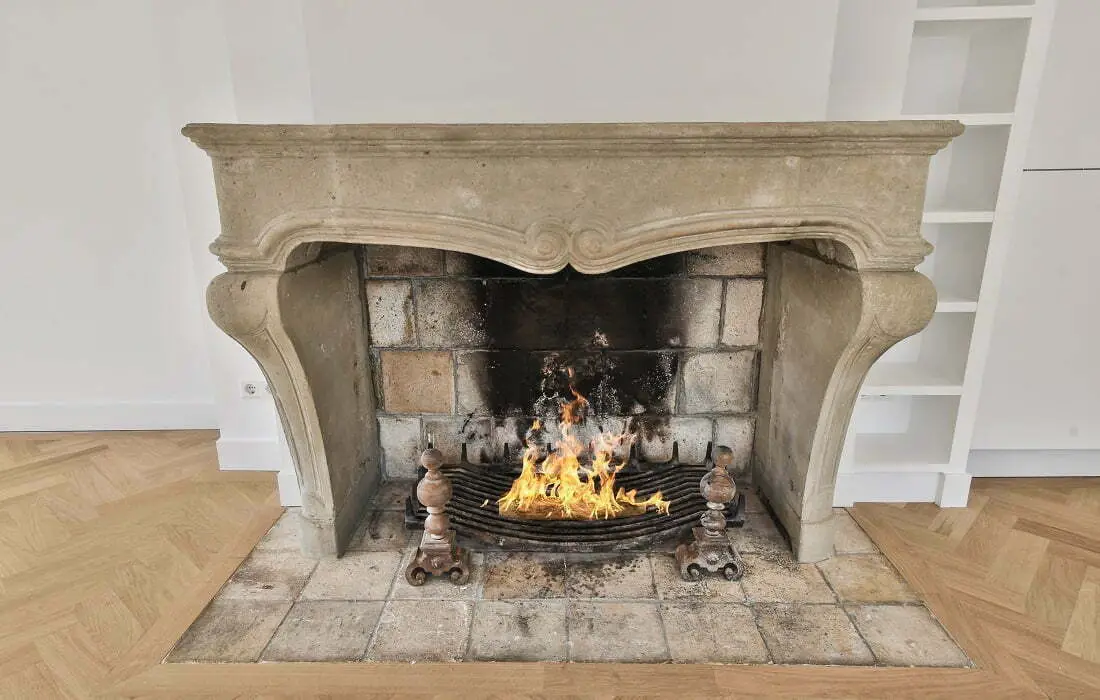Who doesn’t love the calming crackle of a lit, wood fireplace? Millions of people all over the world gather around fireplaces to keep warm, feel cozy, and keep old traditions alive. A good fireplace can add both practical and aesthetic value to your home, and even help you get a higher price for the home when you sell it.
However, if you want your fireplace to remain fully functional and fully safe, you need to make a proactive effort to clean it on a regular basis.
How are you supposed to do this?

Why You Need to Clean Your Fireplace
Buying a fireplace is an investment. Or at least, you should think of it as one. If you want your fireplace to continue operating as intended, you’ll need to practice routine maintenance – which includes cleaning.
There are three main benefits of this:
- Safety. One of the most important reasons to keep your fireplace clean is to improve safety. Over time, fireplaces (especially wood fireplaces) accumulate ash, creosote, debris, and miscellaneous materials that pose a fire hazard. Yes, your fireplace is designed to safely contain the fire, but if any of these materials ignites, or if the fire grows out of control, it could jeopardize your entire house. Fire isn’t something to play around with, so even a small increase in your risk is a big deal.
- Efficiency. A clean fireplace is also a more efficient fireplace. If your fireplace or convective elements are dirty, they won’t be able to burn efficiently, meaning you’ll expend more fuel for the same rate of burning.
- Aesthetics. Finally, consider aesthetics. This is largely a subjective benefit, but most people find it more aesthetically pleasing to have a totally clean, like-new fireplace in place.

How to Clean a Fireplace
This is how you clean a wood-burning fireplace:
- Fully extinguish any fire. Before attempting to clean the fireplace, make sure the fire is fully extinguished and the fireplace has had time to cool down. This may seem like an obvious step, but it’s important to call out, just in case.
- Get a deep cleaning solution. Prepare a solution for deep cleaning. You may be able to purchase a commercial cleaning agent specifically designed for this purpose, or you may blend your own mix of dish soap, water, and an abrasive agent. Exercise caution when mixing materials, as mixing certain types of household chemicals can result in imminent danger.
- Remove any debris. Next, remove any debris from the fireplace area that you can. You can use almost any tool for this, or even use your hands (preferably with gloves). The area doesn’t have to be spotless, but it should be free of any substantial debris.
- Finish with a hand vacuum. Once you’ve removed all the big chunks, take a hand vacuum and finish the job. This should allow you to clear out the area and make it ready for scrubbing.
- Scrub with a stiff brush. Use a stiff brush with your deep cleaning agent, working from the top down, to scrub the interior of the fireplace. This is probably going to take some elbow grease, so don’t be afraid to get aggressive. The interior of your fireplace doesn’t have to be spotless, and it’s never going to look like new, but you should spend a fair amount of time scrubbing.
- Clean the surrounding areas. You’ll also want to clean the surrounding areas. Any debris could present a fire hazard under the right circumstances.
- Clean glass doors with glass cleaner. If your fireplace has glass doors, you can wipe them down with a basic glass cleaner and squeegee.
- Use creosote logs with caution. Creosote logs claim to reduce creosote buildup in your chimney and fireplace. Burning these logs isn’t harmful and may help you keep a cleaner environment between deep cleaning sessions, but it’s no substitute for a regular cleaning and maintenance program.
- Get a professional chimney cleaning and inspection. Homeowners are typically advised to have their chimneys professionally cleaned and inspected at least once a year. This is something you can technically do yourself, but you’re usually better off calling a pro. While you’re at it, set an automatic reminder for a year from now.
Gas, electric, and other types of fireplaces also require regular cleaning and maintenance, but they tend to accumulate fewer problematic materials like creosote because of the clean burning. Consult your owner’s manual or a fireplace cleaning professional for more information.
And, of course, if you don’t want to go through the hassle of cleaning your own fireplace, you can always hire a professional to do it. This service isn’t expensive, but it could keep your home safe and maximize the functional lifespan of your fireplace.
